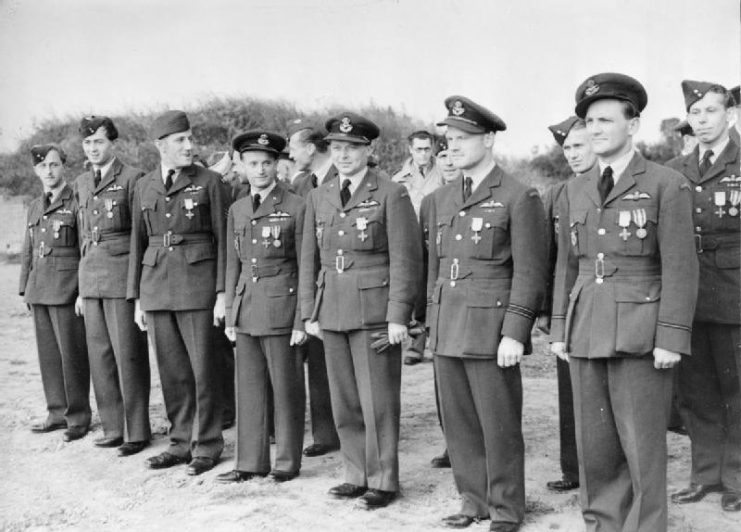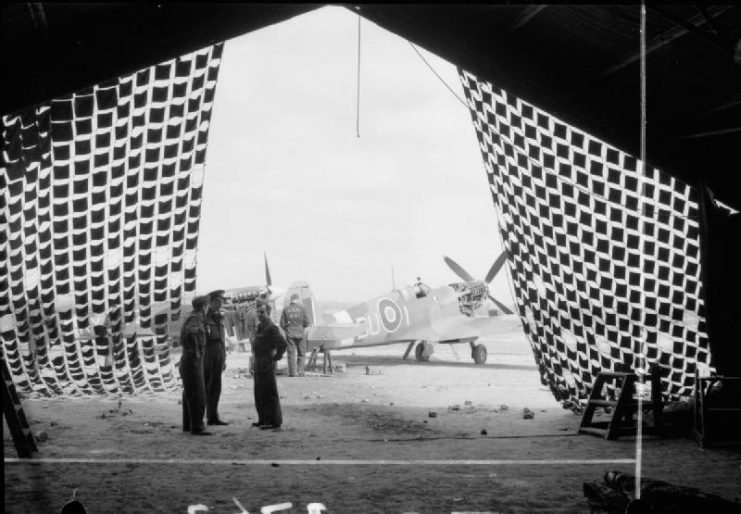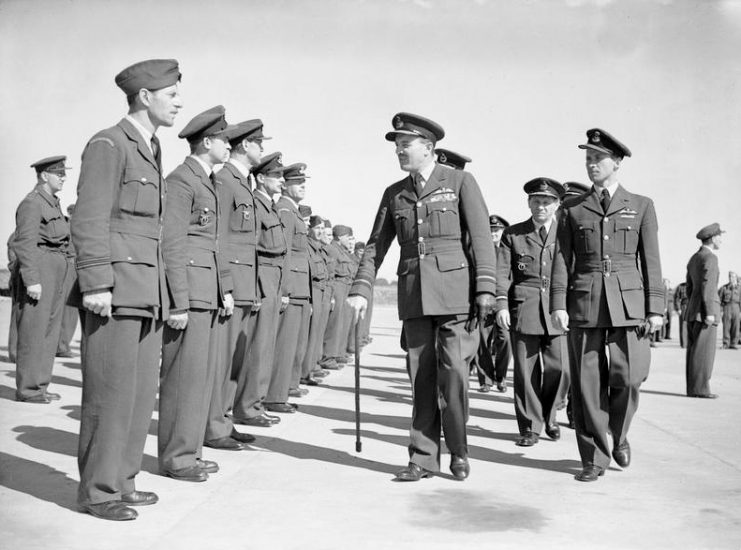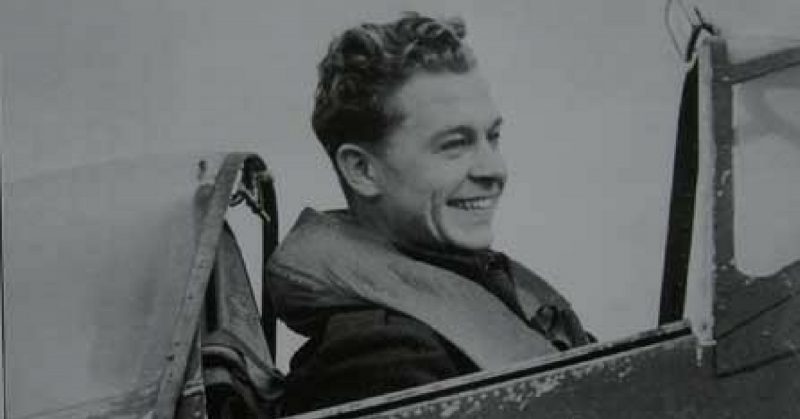Brigadier General Miroslav Liškutín passed away in the small English town of Fareham on February 19th, 2018, at the age of 98. He was one of only two remaining Czech pilots who served in the RAF in World War II. The last surviving Czech pilot is Emil Boček who turned 95 last February.
Born on 23 August 1919, growing up in his native Czechoslovakia couldn’t have been easy for young Miroslav Liškutín. The geopolitical situation was dire. He had belligerent Germans to the left of him and the threat of Soviet aggression to the right. He stuck out an engineering apprenticeship before joining the Czechoslovak Air Force to train as a pilot in the 2nd Air Regiment. Afterward, with war brewing, he trained with the French Foreign Legion and joined the French Armée de l’Air. He underwent 6 months training in North Africa and France, then fled to Britain to escape the Blitzkrieg in May 1940, where he was accepted into the RAF, learned English and continued his flying training.

His first posting was in September 1941, to the Spitfire equipped No 145 Squadron based at RAF Catterick. Three months later, he joined No 312 (Czech) Squadron and provided support in the Dieppe Raid, during which he shot down his first Dornier Do 217 German bomber. The war progressed over France as the months of 1941 came to a close, and Liškutín was stationed at RAF Apuldram Advanced Landing Ground for the duration, where on November 7th, he destroyed his first Fw 190. Then over the next two years, he engaged primarily in dive-bombing attacks against ‘Noball’ V-1 flying bomb installations, providing escort to bombers en route to targets, and ground attacks on rail and road targets.
Yet, Liškutín’s career wasn’t without bumps.
“He shot down a number of enemy planes and an unmanned rocket and also survived a number of very serious events. He was once forced to parachute to safety from a doomed Spitfire. Ahead of the Normandy invasion he was shot at and crashed into a tree. Yet he survived it all,” Military historian JiříRajlich said.

Near the end of May of 1941, his Spitfire hit the top of poplar trees during a ground attack, forcing him to hobble back to Apuldram with a damaged engine where he had to make an emergency landing. His second brush with death came while on patrol over Normandy, a few days after D-Day when his Spitfire was hit by flak, forcing him to land. As a result, he’s widely believed to have been the first Allied aircraft to land on a newly reconstituted airstrip following the D-Day landings.
In August 1944, his transfer came in for him to join the Air Defense of Britain (ADGB). While operating at RAF Lympne, Liškutín shot down a V-1 over Maidstone and found a Distinguished Flying Cross waiting for him when he got home.

Liškutín ended the war with a Czech squadron, flying Spitfire Mk IXs fitted with 190-gallon fuel tanks, which would be large enough to escort bombers deep into Germany. After this, he returned to the No 7 Air Regiment in Czechoslovakia. With the war over and peace finally having returned to Europe, Liškutín married an English wife and had two children, but he soon realized that there was no future for him in his native land. The Soviet threat loomed large over his idyllic postwar future, so he took his family and left in February of 1948, barely escaping persecution after the Soviet-backed Czechoslovak coup d’état, and re-joined the RAF as a flying instructor.
He served for eight years in England and then in Cyprus. After which, he was posted to the No 85, (All Weather) Squadron, and retired in 1962. In 2017, President Milos Zeman promoted Miroslav ‘Tony’ Liškutín to Brigadier General for his heroism.
